The content of the article
After tooth extraction, it is extremely important to ensure complete oral hygiene in order to prevent inflammatory processes. However, the contact of a hard brush with a damaged, long healing gum is extremely undesirable. However, experts do not prohibit such a cleaning, having waited for the necessary interval following the procedure. Today we will consider the main aspects affecting the possibility or impossibility of hygiene in this way.
Features of brushing after tooth extraction
After the operation, an open wound is formed on the site of the once standing tooth. Such circumstances indicate that with the penetration of infection, massive inflammation will develop. If bacteria penetrate first into the soft tissues, and then into the whole body, this is fraught with serious complications.
The task of the patient who underwent such an operation is to ensure proper oral hygiene. It is necessary to maintain the correct microflora so that the gum heals and the wound heals. After some time, a blood clot forms in the area of the pulled out tooth, it prevents the penetration of microbes into the soft tissues.
The question regarding whether the brush is allowed to act on the damaged area is positive. However, everything must follow the rules:
- When you get home from the clinic, carefully remove the swab covering the hole in the area of the missing tooth. The doctor put this swab, remove it. If blood still flows, make a new plug and attach it to the previous location. For this purpose, use a sterile cotton sponge or bandage. After installing the plug, bite it so that it snaps into place.
- Watch your gums. If about 3-4 hours have passed and the blood has not stopped, go to the dentist again. It is worth remembering that with unusual healing, the hole can bleed up to 12 hours.
- It was already mentioned earlier that a blood clot will be formed in the hole, aimed at combating bacteria. This occurs on the first day after the procedure. Your main task is not to destroy this clot, preserving it in integrity and safety. For this reason, it is worth remembering that on the first day following the operation, you cannot use a brush and toothpaste.
- When the allotted 24 hours have passed, you can begin the acceleration of recovery. To do this, purchase a non-alcohol-based chlorhexidine solution. Rinse your mouth with it. If there is no drug, prepare your own solution. 250 ml. warm water accounts for 15 g. soda with salt. After dissolving the granules, the product is collected in the mouth and gently distributed throughout the cavity. It is forbidden to vigorously shake up the liquid in the mouth so that the clot does not disappear. It is enough just to tilt your head in one direction, then in the other. When the procedure is complete, open your mouth and bend over the sink so that the composition leaves itself without your efforts.
- After another day, you can gradually start using the brush. But take extra care, otherwise you will only make it worse. The bristles of the brush should not touch the hole in the place of the extracted tooth. Remember that a blood clot cannot be removed. It protects against bacteria. In all other respects, the cleaning is ordinary, smooth, using a soft brush. When the procedure is complete, rinse your mouth with Chlorhexidine or salt and soda.
- On the fourth day, you do not need to perform special cleaning, all manipulations are carried out in the usual way for you.It is imperative to clean the cheeks and tongue, because in these areas many bacteria live and food remains.
Care after removing a wisdom tooth
The process affecting the features of care after the removal of eights is slightly different from that described above. With incorrectly performed manipulations, inflammation will develop, more than 20% of patients suffer from this. In order to prevent negative consequences, it is necessary to adhere to the advice of a specialist, he will give his recommendations for caring for the oral cavity in the first week following the intervention.
Practitioners have developed their own algorithm that will allow you to carry out hygiene without the risk of infection. Follow simple tips:
- The swab changes every 45 minutes if the hole is bleeding. If blood continues to ooze for 3 hours, go see a doctor.
- It is forbidden to clean the oral cavity after tooth extraction in the first day. In addition, it is contraindicated to resort to using various rinse solutions for the first few days. If you neglect such recommendations, you will develop osteomyelitis.
- If you brush your teeth with the usual brush, a blood clot will fall out of the wound. It protects tissues from the penetration of pathogenic bacteria. In addition, the integrity of the joints can be affected by the mechanical action of the bristles.
- It is strictly forbidden to clean the hole for several days, which appeared on the site of the extracted tooth. Instead of classical toothbrushing, it is allowed to rinse your mouth with saline. Dissolve 2 g. salt in 120 ml. boiled water. The composition must be used at a time.
- A day after the operation, you can start with special care to brush your teeth. Handle very carefully and slowly. Avoid the sore spot. To avoid pain, get a brush with the softest pile.
Immediately after tooth extraction, it is strictly forbidden to clean the oral cavity. After a day, you can carefully proceed to the procedure. Do not forget to cleanse and tongue. Also in the first days it is not recommended to spit out the paste after brushing your teeth. Such actions can provoke a violation of the integrity of the blood clot in the hole.
Video: how to care for the oral cavity after tooth extraction



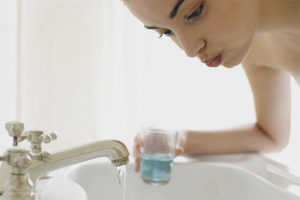
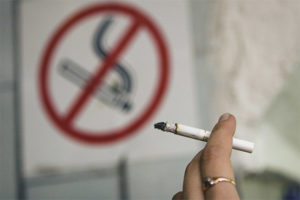

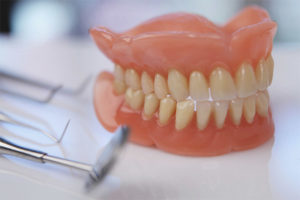
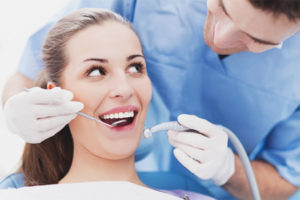
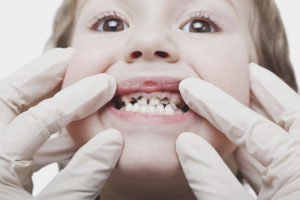

Submit